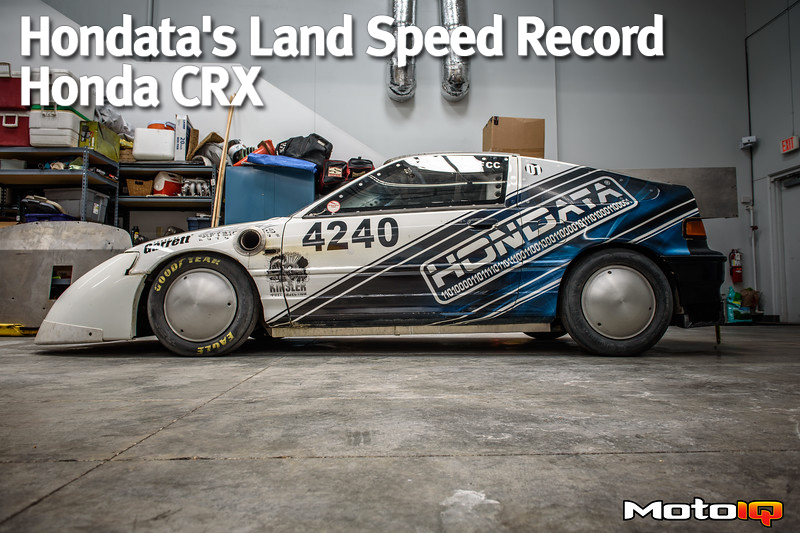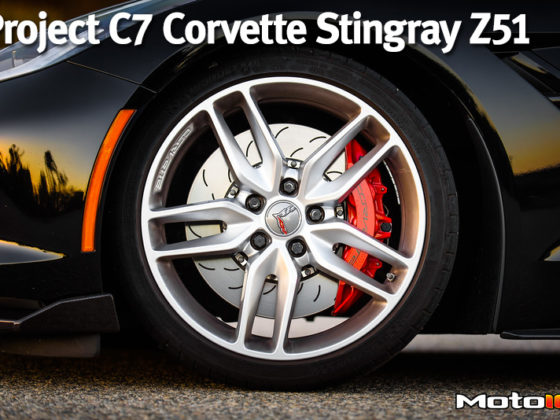,


The wing is constructed of aluminum and features automatically deploying spin flaps that kill potential lift if the car is going backward or sideways at speed. Besides providing downforce with minimal drag, the rear wing also works to move the aerodynamic center of pressure rearward, behind the center of gravity, which helps provide high-speed stability.

The nose undertray was built by Brian Kono out of 6061-T6 aluminum sheet and is held on with quick release dzus fasteners.

For land speed racing, most of the stopping is done via chutes. This is not because the high speeds demand it, but to protect the soft silt of salt racing surface from developing dangerous ruts at the end of the course.
It is considered to be very bad etiquette to lock wheels when on the course. Of course, the chutes are still a critical part of the car's safety system. If the car has a high-speed departure of control, which is more common than you would think, quick deployment of the chutes can keep the car straight and upright on its wheels.
The chutes will hopefully prevent the dreaded and often fatal pencil roll where the car spin rolls at such high RPM while it's crashing down course that the build up of G forces seriously injures or kills the driver.
The chute has saved our own Project Land Speed S13 from several serious crashes by stabilizing it as it was starting to spin.

The many vortex generator strakes also provide a stabilizing effect in addition to their normal role of keeping the airflow attached to the roof of the diffuser. The diffuser is critical in making the CRX body make downforce- which normally likes to produce lift.
Wind tunnel testing has shown that the rear diffuser and rear wing together do not produce much drag and provide 400-500 lbs of rear downforce. When added to the 500-600 lbs of front downforce, the total downforce of 900-1100 lbs significantly contributes to the car's stability, traction on course and safety.
The ride height and rake on the car have to be carefully set, as they have a huge effect on the aerodynamic balance and overall amount of downforce as well as pitch sensitivity. The dynamic changes in rake and ride height with aero loading also have to be considered in the cars set up.




